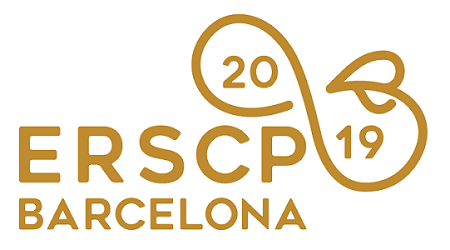Papers Proceedings »
A Systems Approach Towards Circular Design
This paper describes a systems approach towards circular design and sustainable transitions by reflecting on the didactic method that was followed during the ten-week long Learning for Innovative Design for Sustainability (L4IDS) internship organised in the Netherlands in fall 2018.
The participants of this internship were 14 students from four partner institutions of the Erasmus+ Circular Design L4IDS project, namely, Universitat Politècnica de Catalunya, University of Limerick, Linköping University and NHL Stenden University of Applied Sciences. Three Dutch organisations (clients) provided the multinational teams of four to five interns with complex design challenges related to sustainability.
First team worked on a highly complex problem that required technical knowledge regarding rainwater, as well as an in-depth analysis of social structures of user groups. Second team worked on product-market combinations in relation to growing sustainability trends that fit the existing production units of their client. And the last team worked on the sustainable behaviour of users as a part of circular product-service systems. The level of diversity among clients, their challenges and intern’s backgrounds made it necessary to develop a systems approach, where different levels of knowledge, operation and implementation can be discussed within one framework.
For this purpose, the levels of Multilevel Design Model (MDM) were translated into project phases that form the basic structure (Joore and Brezet, 2015). This paper discusses the relevance of this systems approach for circular design and describes how the levels of MDM have been used to explain the interdependency of sustainable transitions.
Phase 1: socio-technical system: The socio-technical system is made up of a large number of mutually interdependent elements that are not necessarily formally related, such as product-service systems, infrastructure, and legislation. Circular design requires an understanding of this system and its dynamics, therefore having an overview of the value chain is important for providing solutions.
Phase 2: product-service system: The second phase of the project focuses on the system that consists of a series of tangible and intangible components, which are offered as a cohesive whole to the user. In this phase of the project, interns were expected to look into how the solution will be operationalised, how it will meet the user, get collected, and treated in a waste-free system, while being embedded in sustainable business models.
Phase 3: product-technology system: The last phase relates to the detailing the design concept and getting it ready for production through prototyping and testing. Interns are expected to work on the feasibility, viability and desirability of their circular design solutions by combining the results of all the previous phases.
This paper elaborates on the natural link between circular design and systems thinking that creates numerous advantages for obtaining holistic solutions and evidently leads to a comprehensive design project. Additionally, this paper explains the structure of the internship program, evaluates the design process and presents a reflection of the gathered results from client and intern perspectives.
